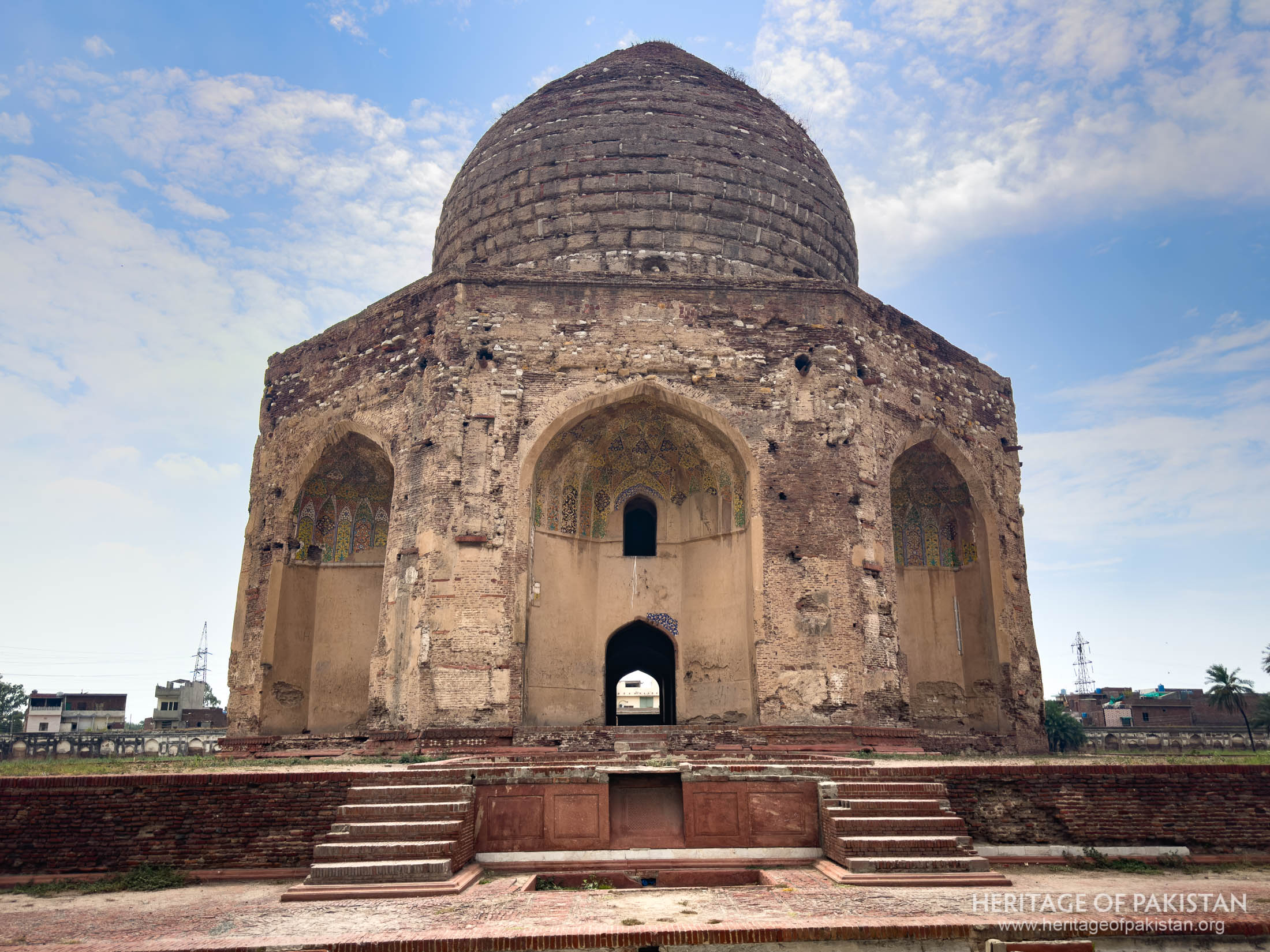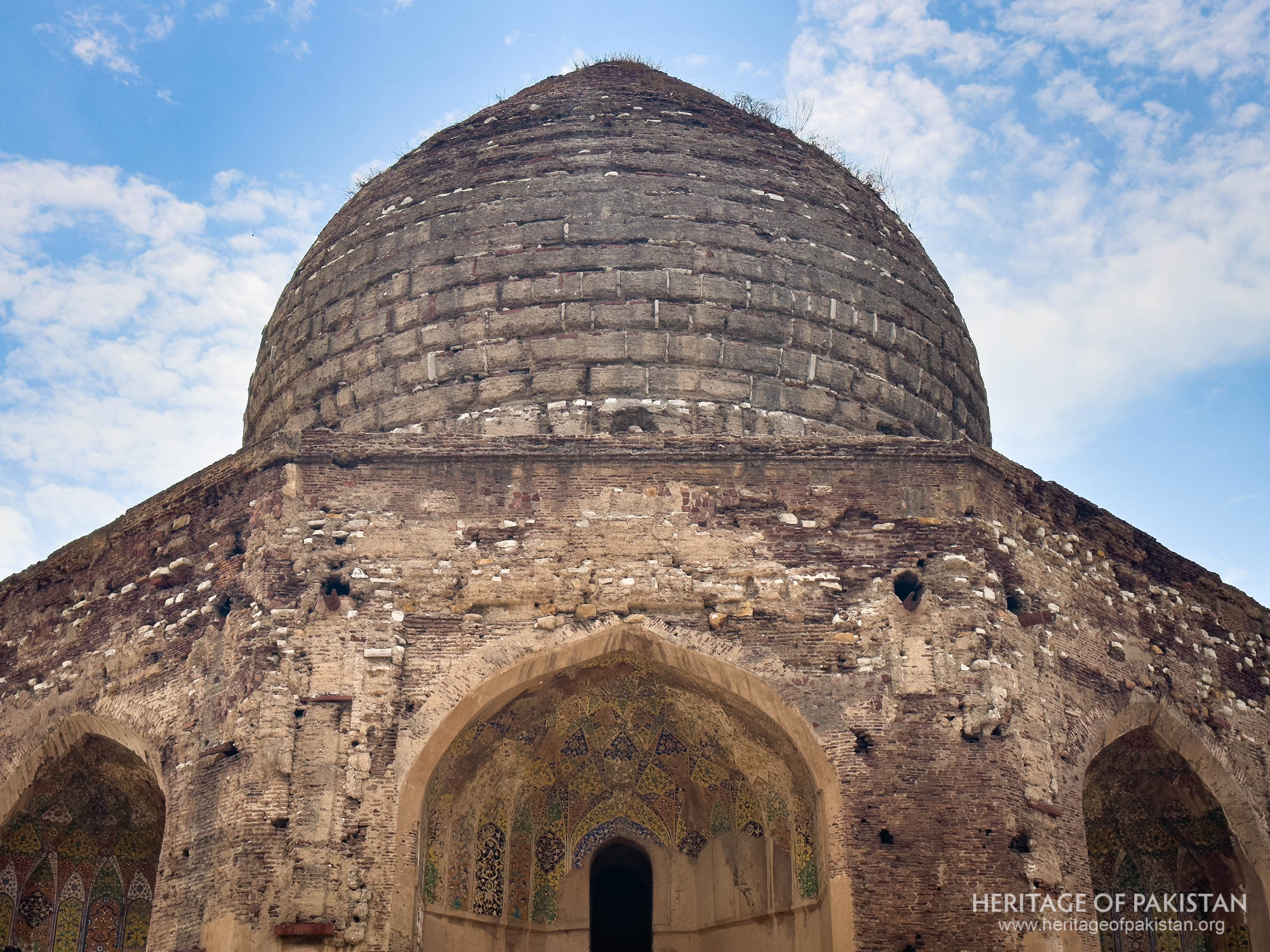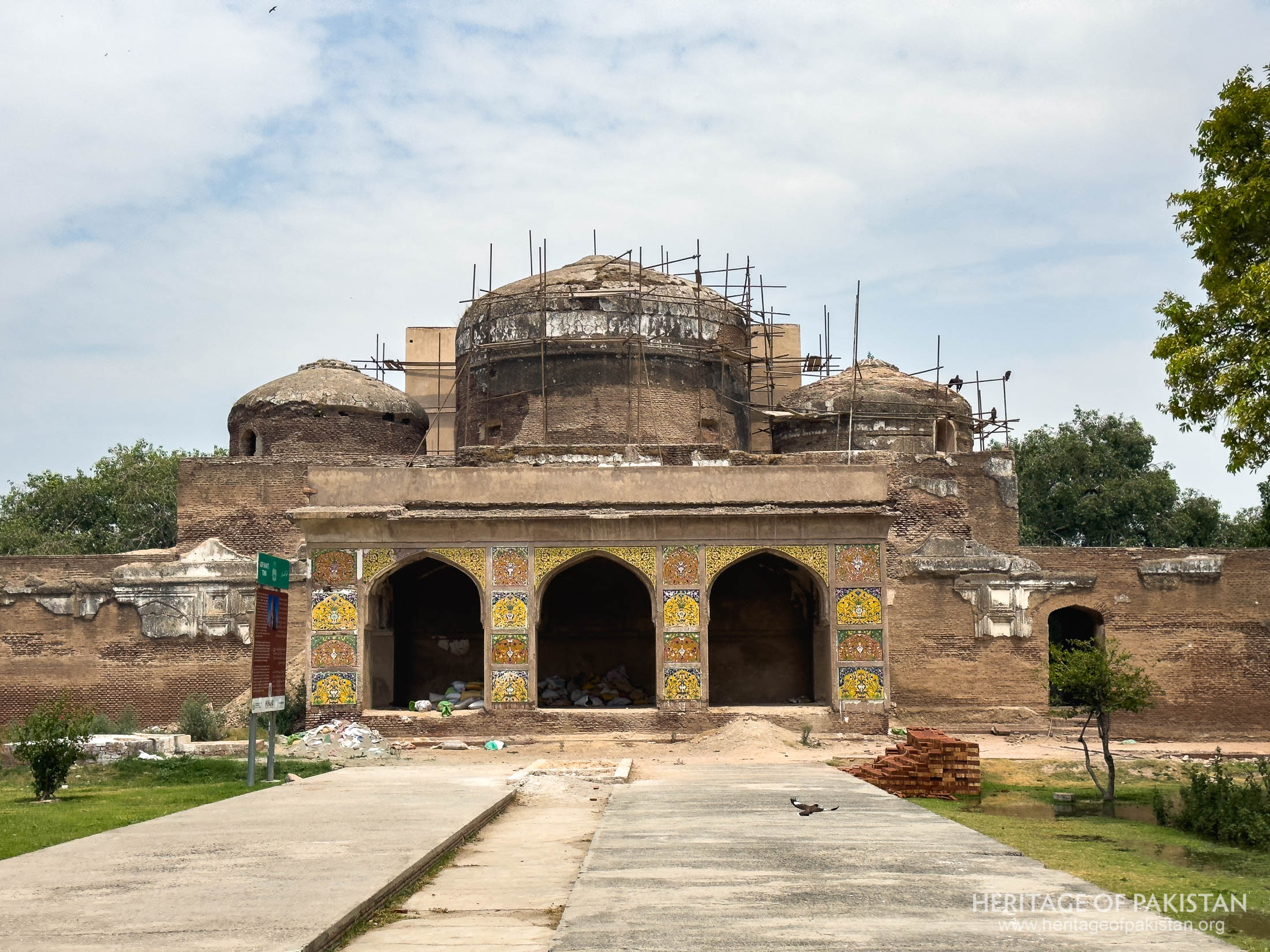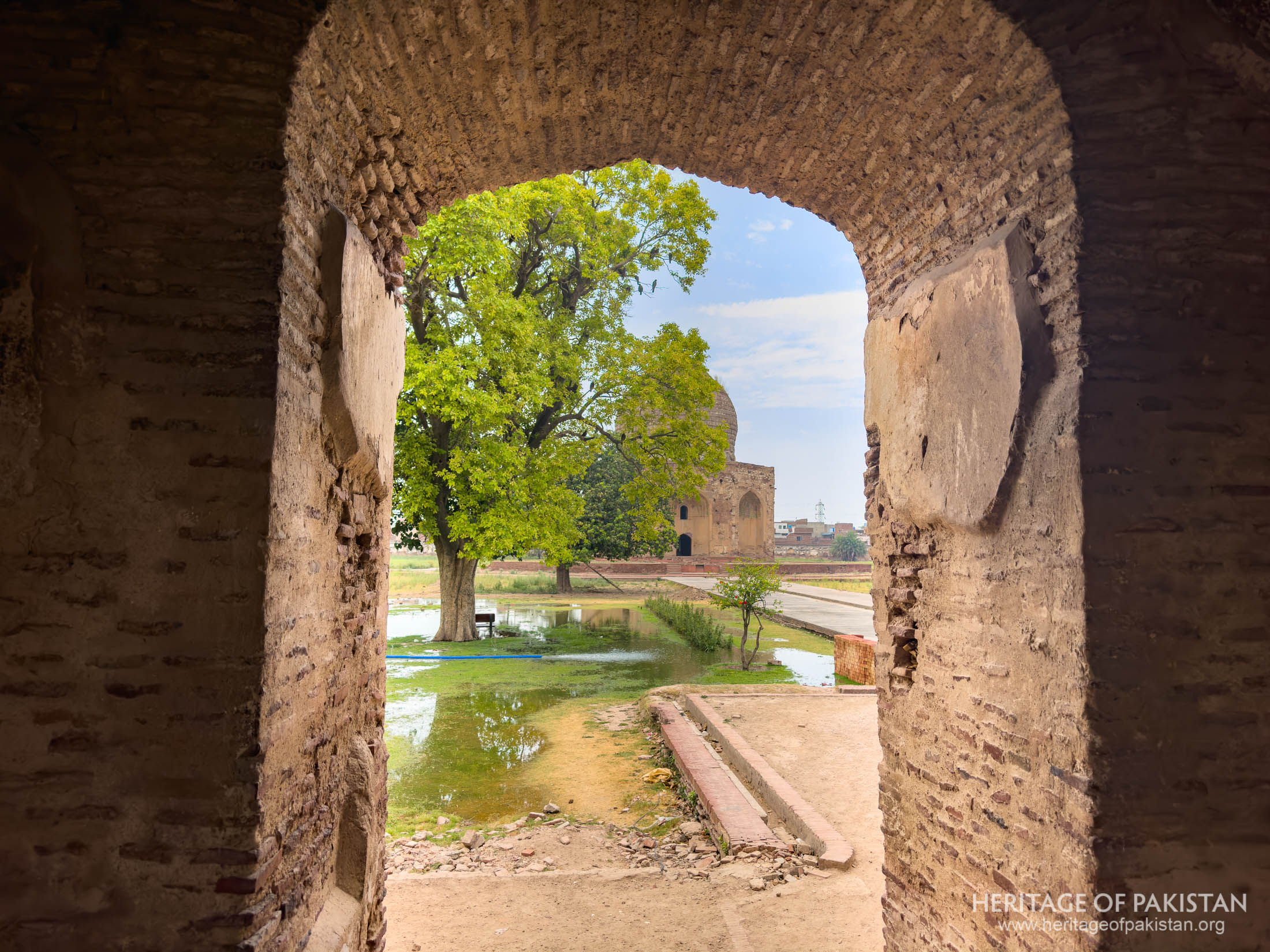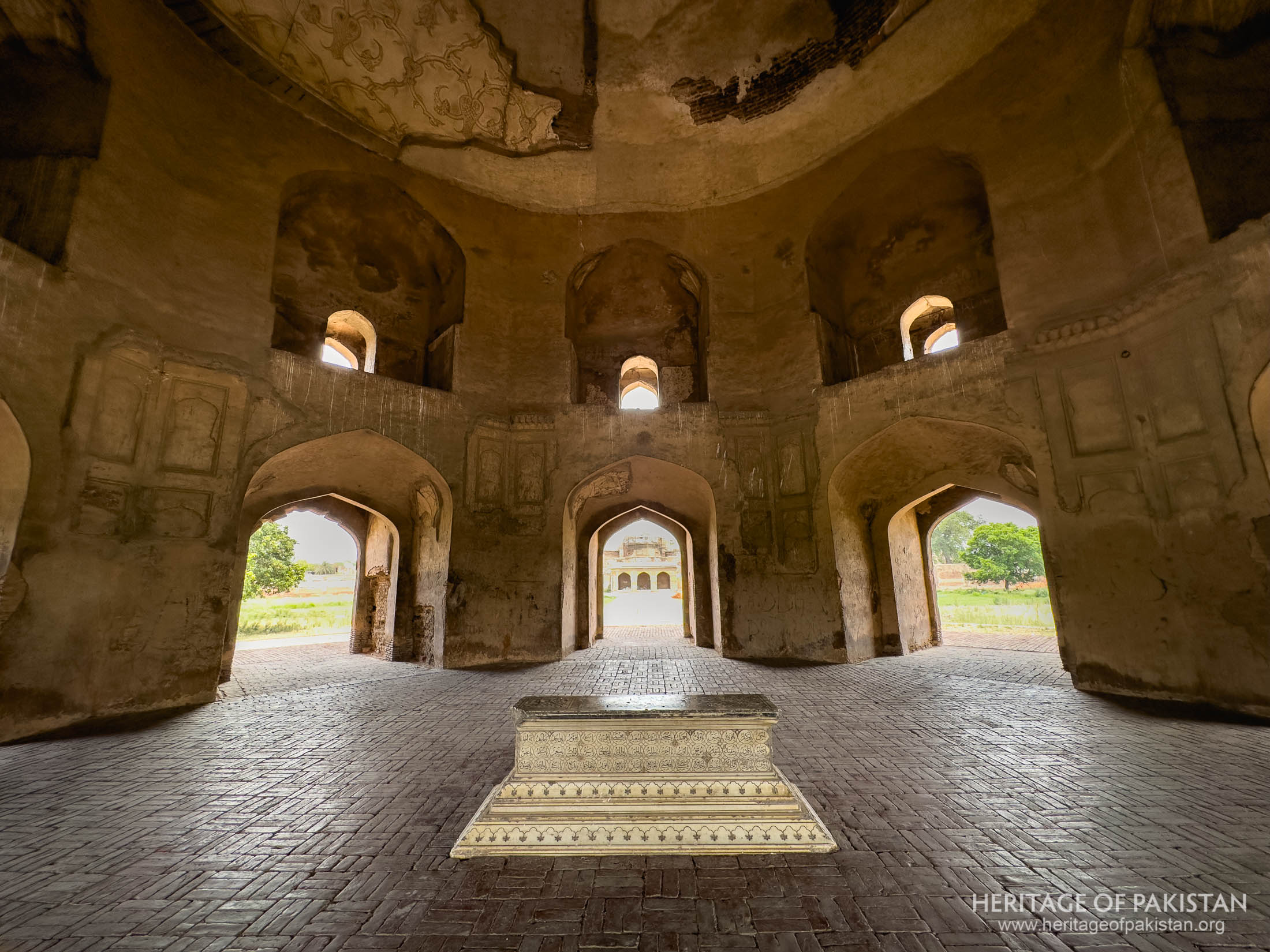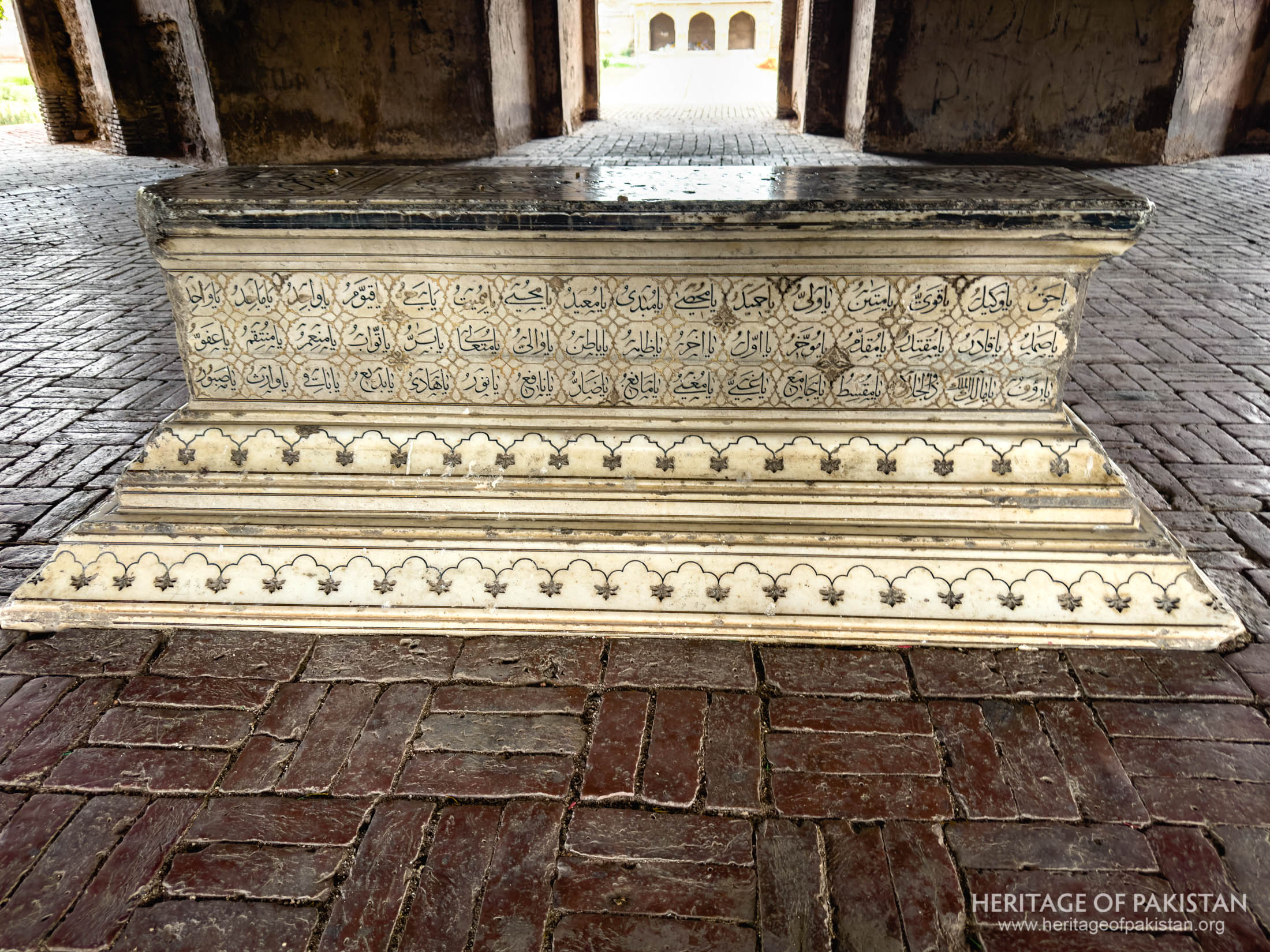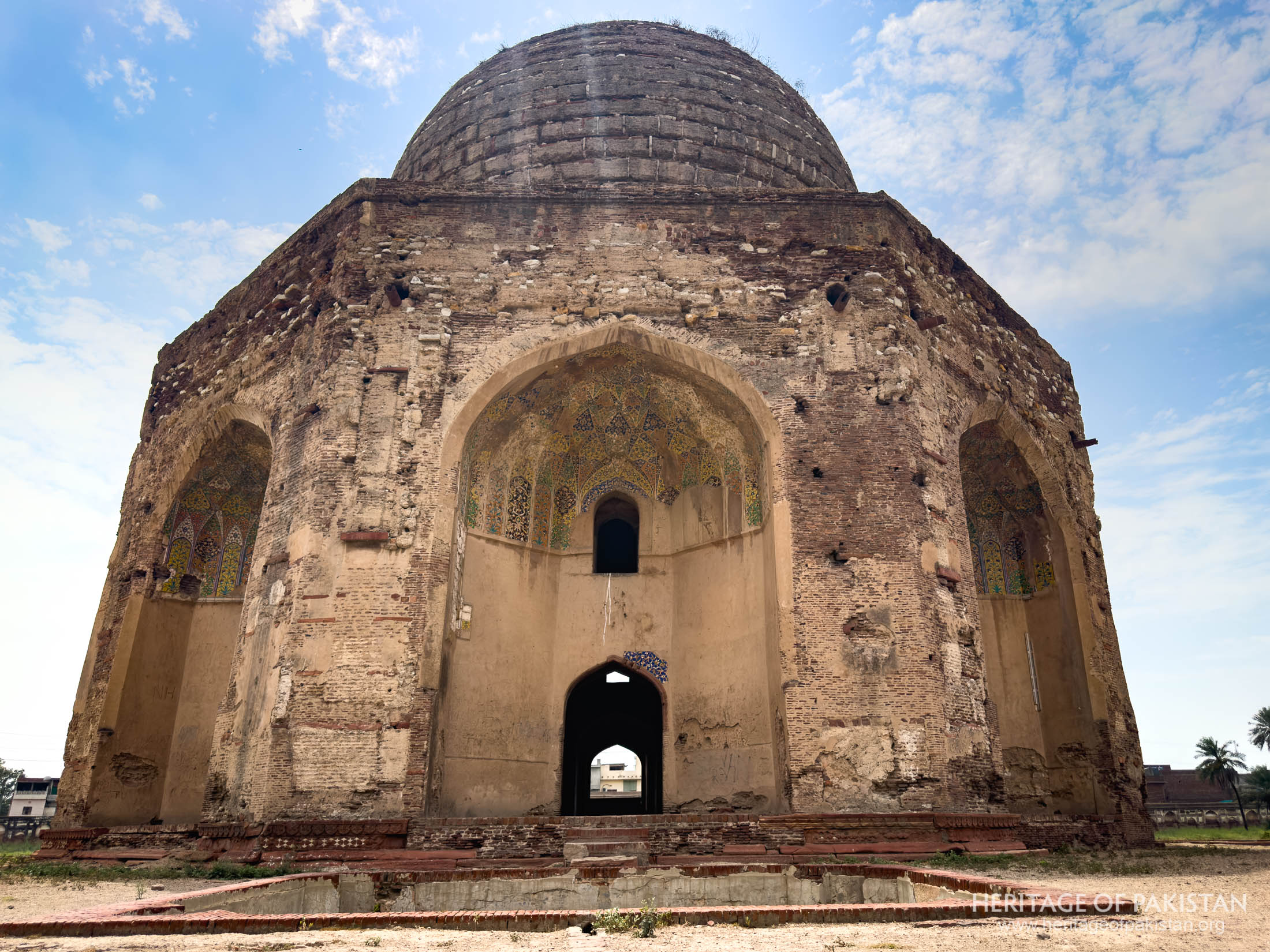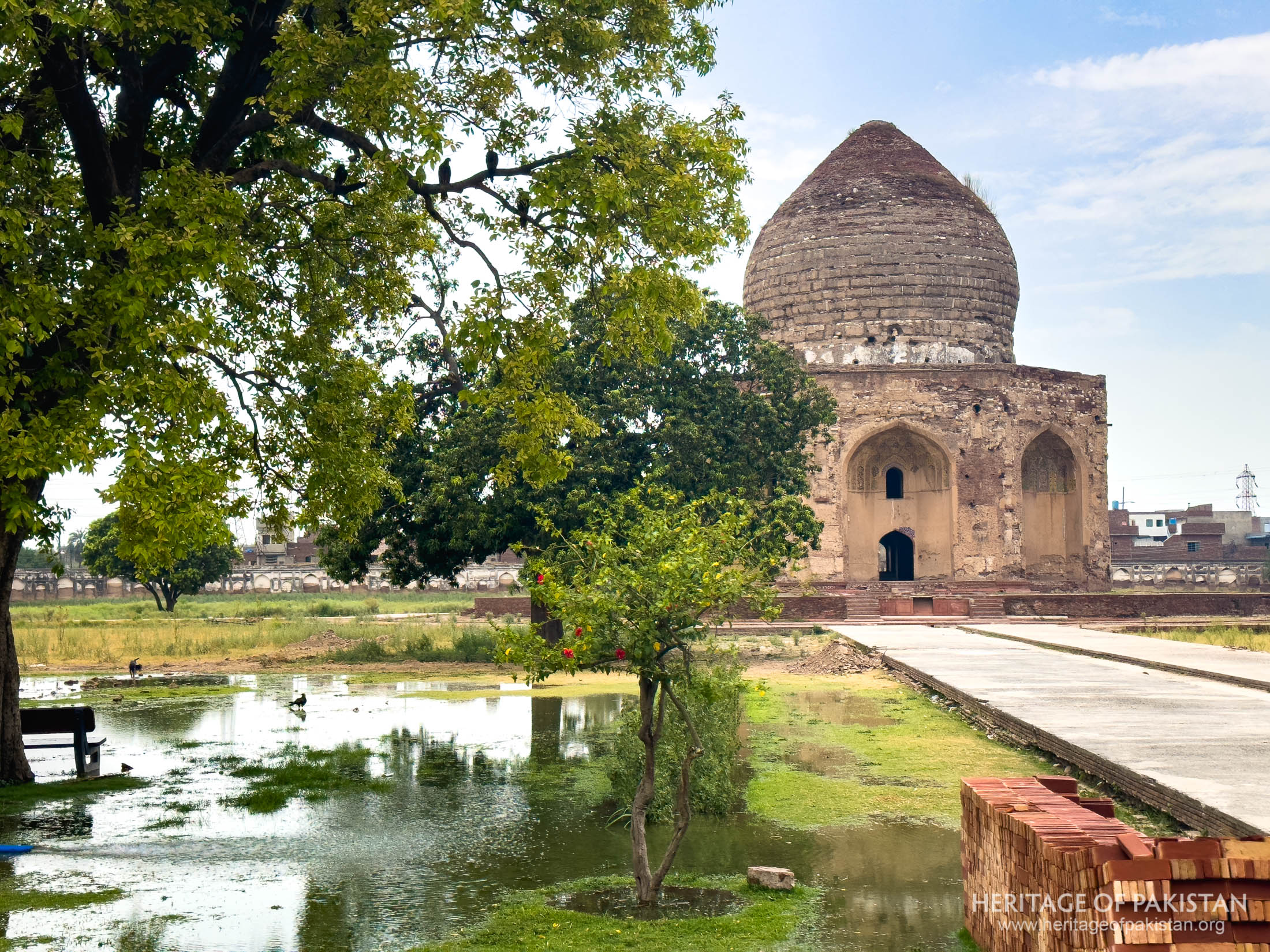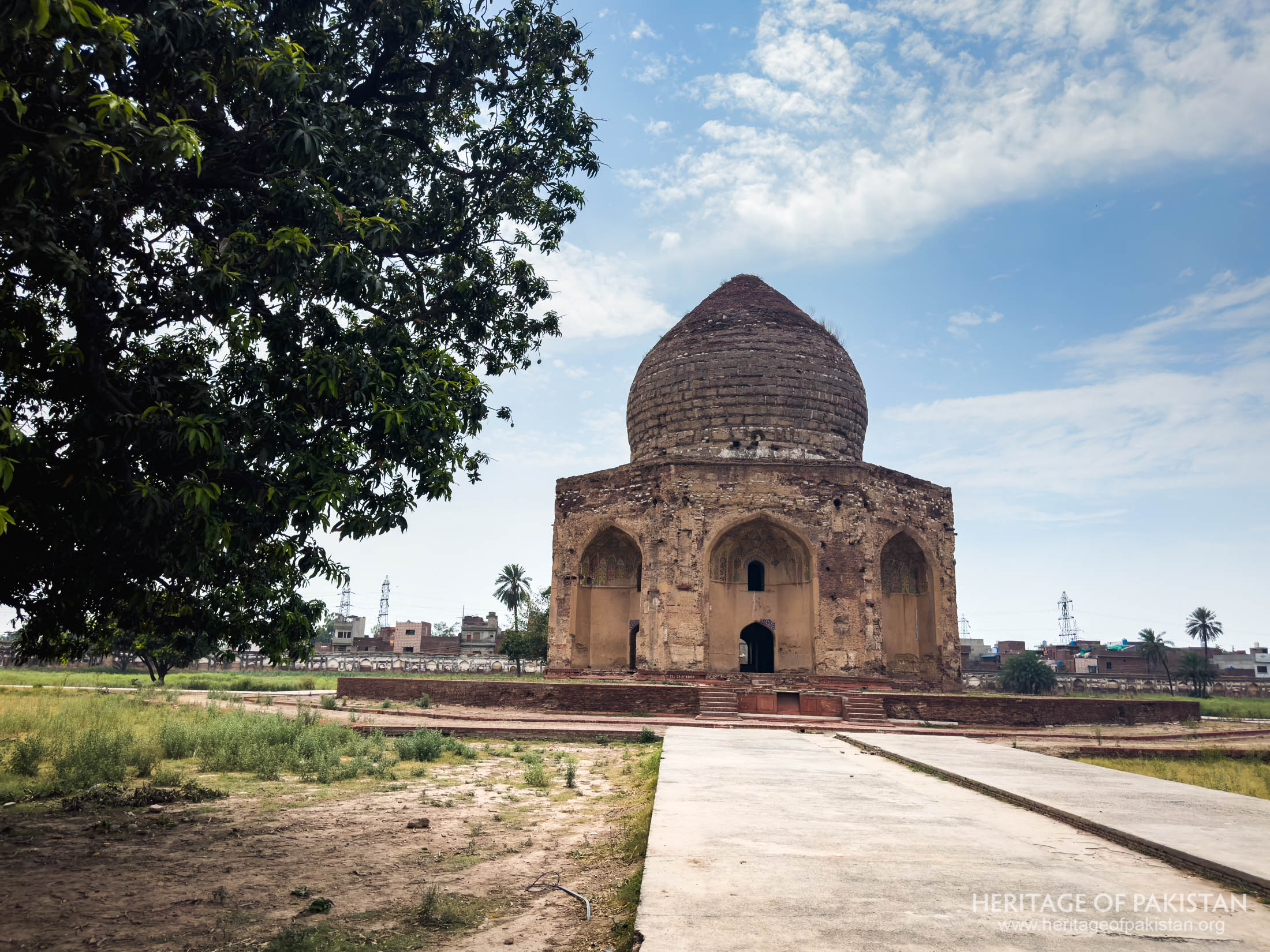Textarea
The Tomb of Asif Jah, also known as the Tomb of Asif Khan, is a 17th-century mausoleum located in Shahdara Bagh, in the city of Lahore, Punjab
Asif Khan was the brother of Empress Nur Jahan, the influential wife of Emperor Jahangir, and the father of Arjumand Bano Begam, famously known as Mumtaz Mahal.
It is situated across the tomb of Emperor Jahangir and on the western side of Akbar Sirai
Asif Jah, born Mirza Abul Hasan, played a significant role in the politics and administration of the Mughal Empire during the early 17th century.
The interior decoration was equally opulent, with bold stucco tracery, tile mosaic, and ghalibkari (decorative plasterwork).
Unfortunately, none of these embellishments remain intact today
During the Sikh rule over Punjab, materials from the tomb were stripped and repurposed for other architectural constructions, leaving only the bare brick structure that stands today.
Centered in a beautiful Char Bagh, the tomb is based on an Octagonal plan and supports a large bulbous dome.
The exterior of the tomb was originally adorned with rich stone inlay work, a hallmark of Mughal decorative art.
The tomb of Asif Khan, along with the adjacent Akbari Sarai and the Tomb of Jahangir, is on the tentative list as a UNESCO World Heritage Site.

